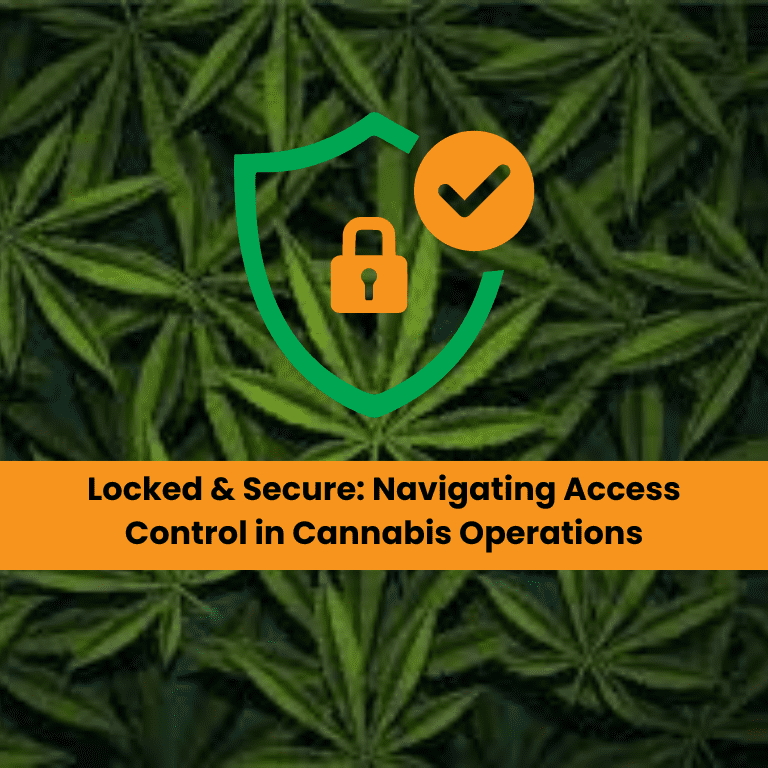Locked & Secure: Navigating Access Control in Cannabis Operations

In the fast-paced world of cannabis operations, security isn’t just a priority; it’s a necessity. With valuable assets, sensitive data, and strict regulatory requirements, access control becomes a cornerstone in maintaining a secure and compliant environment. This article delves into the intricacies of access control within the cannabis industry, exploring various methods and technologies employed to fortify security measures.
Understanding the Importance of Access Control in the Cannabis Industry
Access control serves as the frontline defense against unauthorized access, theft, and diversion within cannabis facilities. By implementing robust access control measures, businesses can mitigate risks and uphold regulatory standards, thereby safeguarding their operations and reputation. The need for such measures is underscored by the unique security challenges faced by the cannabis industry, including the risk of theft, diversion of products to the illicit market, and compliance violations.
Regulatory Compliance
Regulatory bodies impose stringent security requirements on cannabis businesses to maintain industry integrity and protect public health and safety. Access control is a pivotal aspect of these requirements, with regulations mandating measures such as restricted access to cultivation, processing, and storage areas, installation of surveillance cameras covering all entry points and critical areas, and visitor registration and identification checks.
Key Components of Cannabis Access Control Systems
Access control systems encompass a range of technologies and measures designed to control and monitor entry to cannabis facilities. These include perimeter security measures such as fencing, gates, and barriers; facility entrances equipped with electronic locks, keypads, or card readers; interior access control mechanisms such as employee identification badges or access cards; and surveillance and monitoring systems for real-time monitoring and recording of activity.
Designing an Effective Access Control Plan
A comprehensive access control plan is essential for mitigating security risks and ensuring compliance with regulatory requirements. This involves conducting a thorough risk assessment to identify potential threats and vulnerabilities, selecting scalable access control solutions that can adapt to evolving security needs, and integrating access control measures with seed-to-sale tracking systems to maintain traceability and accountability.
Best Practices for Implementation and Management
To maximize the effectiveness of access control measures, cannabis businesses should adhere to best practices such as providing comprehensive employee training on access control policies and procedures, conducting regular audits of access control systems to identify vulnerabilities, and collaborating with local authorities to exchange information and coordinate response efforts.
In conclusion, access control is a critical aspect of security and compliance within the cannabis industry. By implementing robust access control measures, cannabis businesses can mitigate security risks, safeguard valuable assets, and ensure regulatory compliance. With the adoption of advanced technologies and strategic planning, cannabis operations can navigate the complex landscape of access control with confidence and resilience.











